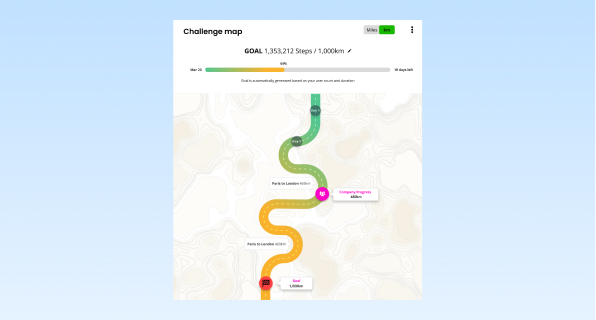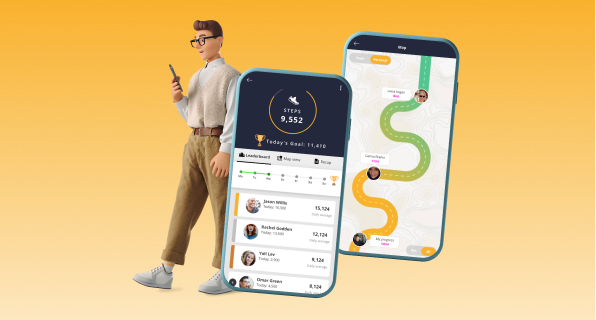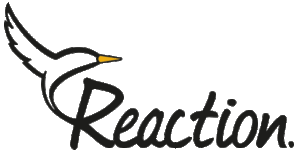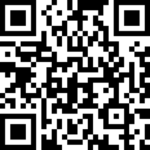A healthy and supported workforce is more productive, engaged, and resilient, leading to better outcomes for both individuals and the company as a whole. To address this growing concern, a plethora of employee mental health apps have emerged, offering a variety of tools and resources to support wellbeing in the workplace.
Here’s a curated list of the top 5 employee mental health apps to consider for your organization:
1. Reaction Club (Breathing)
The Breath work app on the Reaction Club platform is a unique app that promotes employee mental health through guided breathing exercises, encouraging teamwork and habit formation. It features a challenge format, where team leaders set a start date and duration for breathing practice, and employees are ranked on a leaderboard based on their average daily practice time. Personalized daily goals, points for reaching targets, and supportive communication features further enhance engagement and motivation.
The Reaction app also include a stress reduction content library library with meditation and mindfulness courses, plus the ability to create live events such as a workshop with a mental health expert, making it a complete solution for organizations of all sizes
Pros:
Cost-Effective and Easy to Use: Reaction Club’s self-service platform makes it affordable and straightforward to implement, enabling a quick launch of breathing exercise initiatives.
Team-Focused Approach: Unlike individual mental health apps, Reaction Club promotes a collective approach, fostering stronger connections and social support among team members.
Consolidated Platform: Reaction Club serves as a central hub for all employee engagement and wellbeing initiatives, combining various activities, rewards, and step challenges in one platform.
Cons:
Limited Exercise Variety: Compared to dedicated breathing apps with extensive exercise libraries, Reaction Club’s repertoire is relatively smaller.
Self-Directed Implementation: Reaction has the Ikea approach – you pay less for a high quality product that you need to build by yourself. For team leaders who prefer more hands-on support, Reaction Club’s self-service nature may require more active engagement.
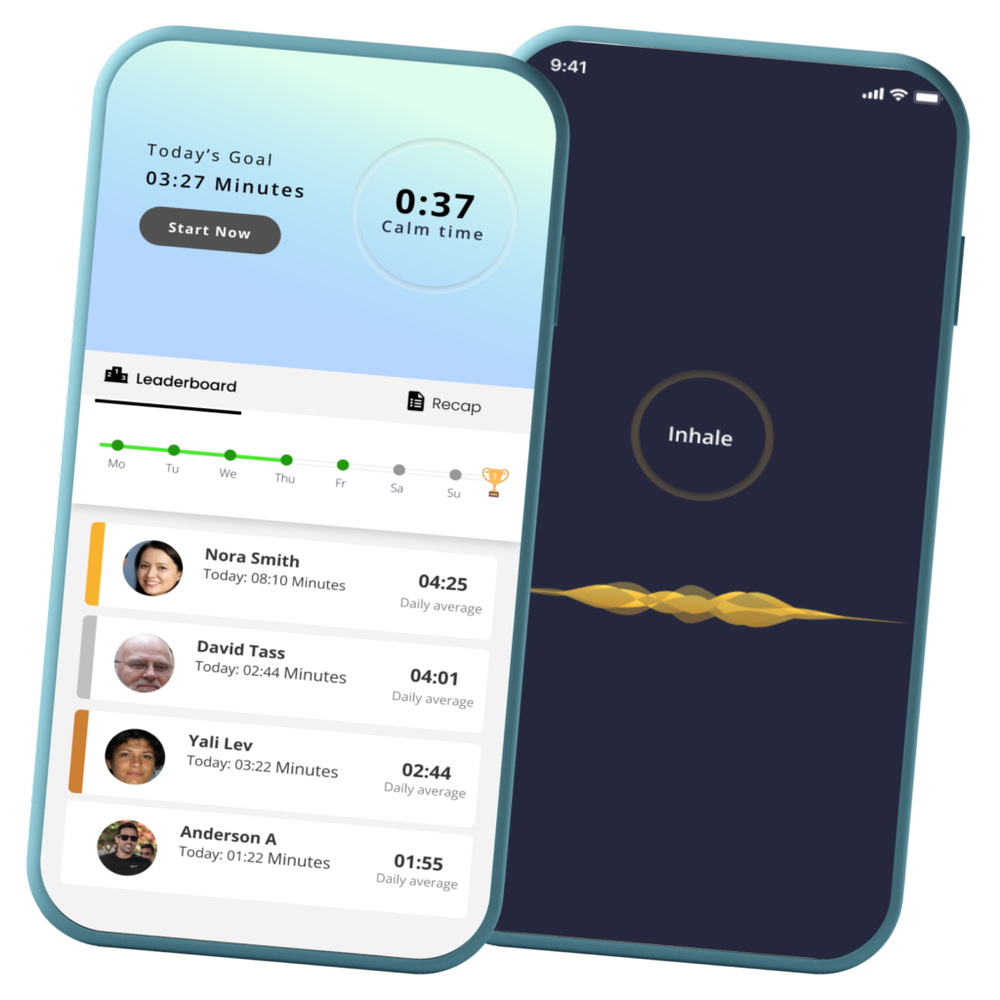
2. Calm: Mindfulness and Meditation
Calm is a leading mindfulness app offering a vast collection of guided meditations, calming music, and sleep stories to promote relaxation, stress reduction, and improved sleep. Its user-friendly interface and diverse range of content make it accessible to individuals of all experience levels.
Pros:
Rich Content Library: Calm boasts a comprehensive collection of meditation sessions, sleep stories, and relaxing music, catering to various preferences and needs.
Beginner-Friendly Approach: The app’s guided meditations are designed for beginners, making it an excellent starting point for those new to mindfulness practices.
Personalized Recommendations: Calm’s algorithms personalize content recommendations based on individual usage patterns and preferences, enhancing the user experience.
Cons:
Subscription-Based Model: Calm requires an annual paid subscription to access its full range of features, which may not align with all budgets. While purchasing access for all employees, it’s estimated that only 3-5% would find it useful in the long term, potentially making it less cost-effective.
Limited Offline Access: Some content, particularly guided meditations, may not be available for offline use, requiring an internet connection which can be challenge for employee trying to use it when traveling to work on the underground train.
Focus on Individual Wellness: While Calm offers corporate subscriptions, its primary focus is on individual mental health, lacking specific features tailored for workplace dynamics.

3. Breathwrk
Breathwrk, one of the leading breathing exercise app, empowers businesses to cultivate a more mindful and stress-resilient workforce. Through its comprehensive suite of guided breathing exercises and meditation practices, Breathwrk promotes enhanced sleep, reduced anxiety, and improved focus, leading to increased productivity and overall wellbeing.
Pros:
Effective and Engaging Content: Breathwrk goes beyond mere sound files to provide personalized guidance on proper breathing techniques. Its diverse range of breathing exercises and meditation options cater to individual preferences and needs.
User-Friendly Interface: Breathwrk’s intuitive and straightforward design makes it easy for employees to seamlessly integrate mindfulness practices into their daily routines, even for those with minimal experience in meditation or breathing techniques.
Cons:
- Value Optimization: Breathwrk’s subscription model may not align with every organization’s needs, particularly for smaller companies. It is essential to assess potential usage patterns and employee engagement levels to determine the app’s return on investment.
- Integration with Existing Wellness Programs: Breathwrk can serve as a valuable component of a broader wellness program, complementing other initiatives such as yoga or stress management workshops. However, it may require additional platforms or apps to provide a comprehensive wellness solution.
- Employee Adoption: Encouraging employees to download and actively use Breathwrk requires a thoughtful implementation strategy that emphasizes the app’s benefits and seamlessly integrates it into the company’s culture.
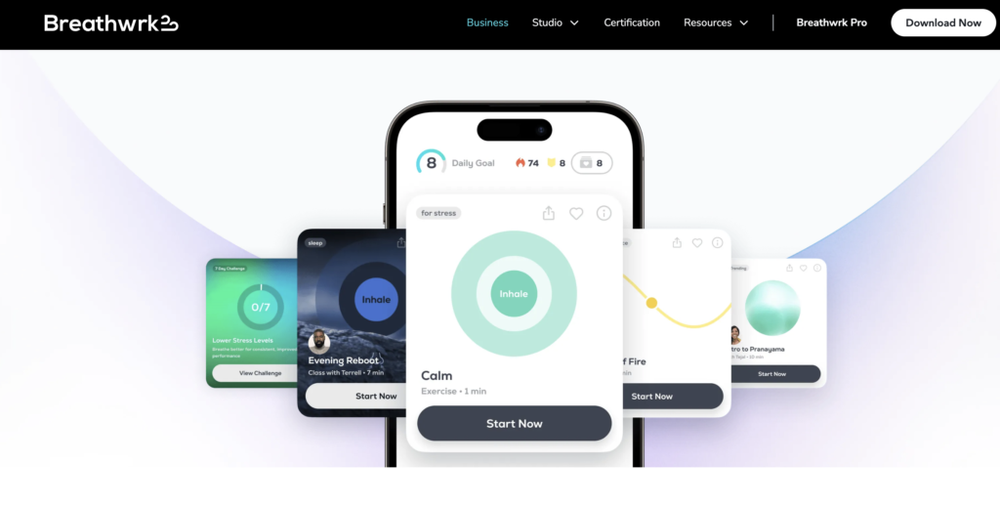
4. Headspace
Headspace provides an approach to mental fitness, offering a variety of guided meditations, mindfulness exercises, and personalized support to improve focus, reduce stress, and enhance emotional wellbeing. Its content is designed to be accessible and engaging, making it suitable for both beginners and experienced users.
Pros:
Great Content: Headspace’s meditation and mindfulness exercises are grounded in scientific research, ensuring their credibility.
Personalized Plans: The app creates personalized plans based on individual goals and preferences, providing a tailored approach to mental fitness.
Cons:
Emphasis on Individual Practice: While workplace-focused features are available, Headspace’s primary focus is on individual mental health, lacking specific tools for team-wide engagement.
Limited Offline Access: Similar to Calm, certain content may not be available for offline use, requiring an internet connection.
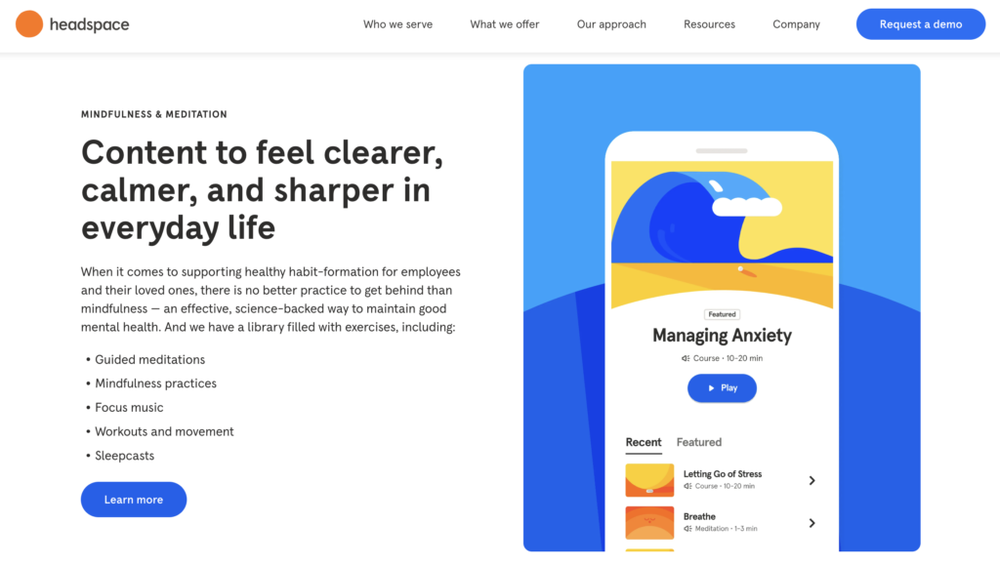
5. Talkspace
Talkspace provides a premium and pricey benefit option that allows employees to engage in one-on-one chats with clinical experts and access self-guided programs tailored for mental health support.
Pros:
- Great Benefit: For those who can afford it, Talkspace offers a valuable resource. Employees in need of support can directly chat with experts, receiving advice that might otherwise be significantly more expensive if sought outside the company’s offerings.
- Personalized Approach: Each employee can receive tailored support in their own time and space, enhancing convenience and comfort.
Cons:
- Lack of Company Contribution: Talkspace’s individualized approach might not contribute to the company’s communal sense of togetherness. In mental health support, communal efforts can also be crucial, and Talkspace’s model focuses more on individual benefit rather than fostering team interactions.
- Costly: Being a standalone feature among other wellbeing offerings, Talkspace’s premium nature can be expensive when integrated with other benefit programs. Its cost might outweigh the feasibility of having it alongside additional benefits or programs.
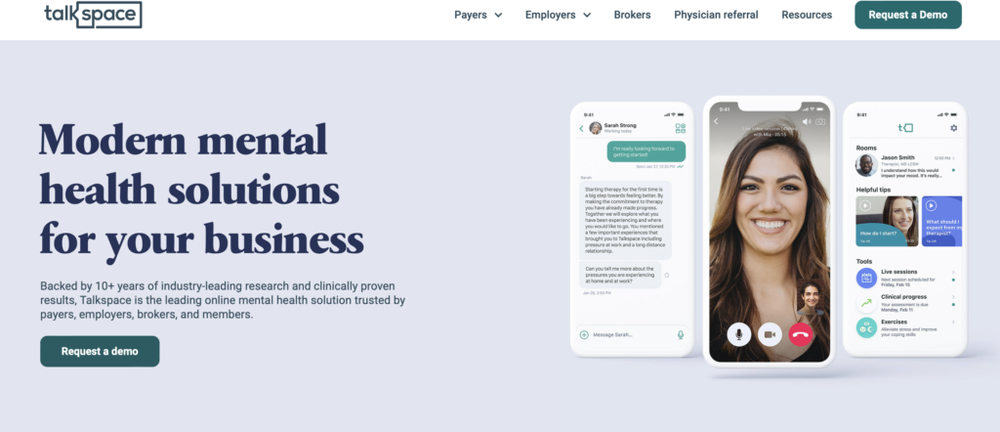
When selecting an employee mental health solution, consider whether it will stand alone or be part of a comprehensive package. Keep in mind that employees may feel confused or overwhelmed by multiple offerings. Evaluate the Return on Investment (ROI) and determine whether you aim to provide a benefit for individual use at any time or create a program that also fosters workplace contribution.



